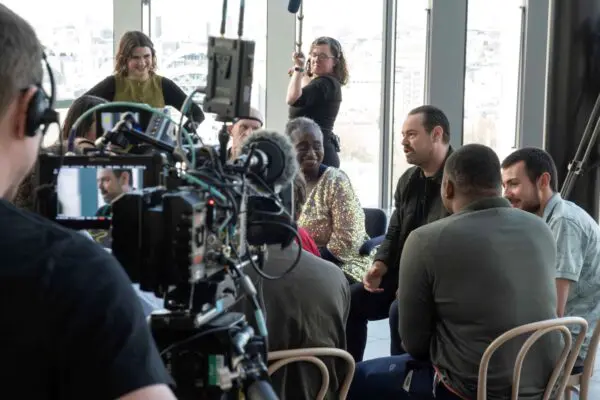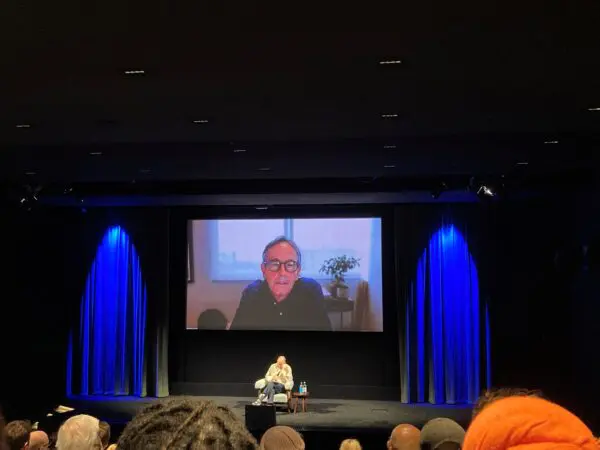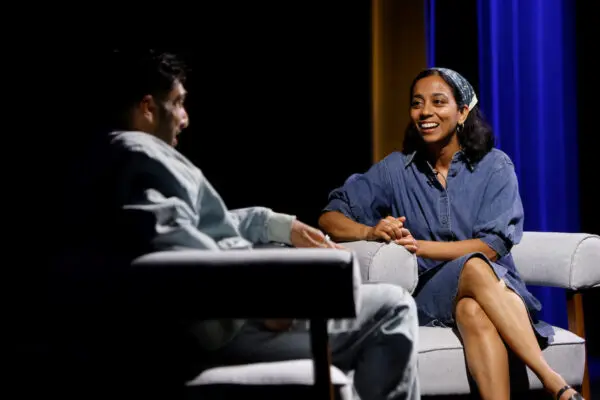Chris Sanders, director and writer of multi-nominated The Wild Robot and Lilo & Stitch, has opened up about the process of bringing his ideas to life.
“I came into this [industry] visually, I didn’t really have any intention of writing and directing, I came in like the other side of this whole thing” – Chris Sanders.
From embracing the skills he didn’t realise he had, to storyboarding to music. And learning to accept when weeks of work need to be cut, Sanders gave a unique glimpse of what goes on behind the scenes of his animations while speaking as part of BAFTA’s 2024 Screenwriters’ Lecture Series.








